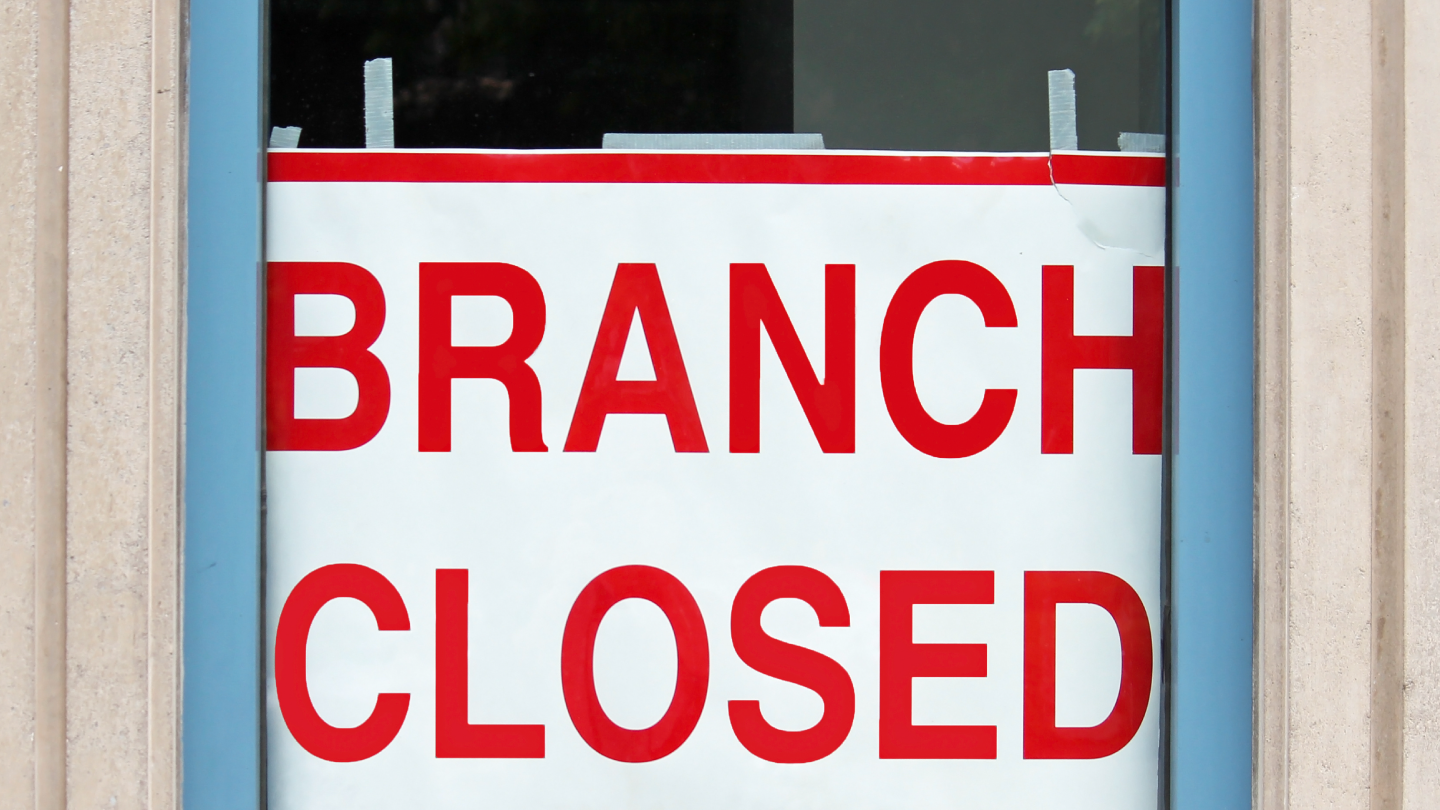Are Branch Closures Eroding Competitive Advantage?
Paul Race

In a month when Pepper the robot has been unveiled at an HSBC branch in the US, mobile bank branches in Scotland have come in for criticism from 'hostile' local residents. The challenge for banks remains how to develop a branch network fit for purpose in the 21st century. It's not easy and discussions inevitably involve consideration of cost, efficiency, loyalty, competition and technology.
Back in the day when banks' role was seen as 'shovelling money around the economy and living by what sticks to the shovel', the branch played a key role in attracting deposits and as a focus for customer service. To what extent has this changed?
The competitive situation has certainly changed and traditional banks are not starting with a blank sheet. They are not in a position to simply cherry pick business based on price. In a situation where branch closures may be viewed as a reduction of service, what are the alternatives and does Pepper provide a clue. A 26 June CNBC article talked of seven robots at the Fifth Avenue branches not only delivering basic services but also posing for selfies and dancing. Is the aim to make the branch more attractive to customers or to provide a more efficient way of doing business? Or is it some combination of the two?
According to Which?, in the UK average branch visits fell from 140 a day in 2012 to 104 visits a day in 2017.
Branch closures have met with opposition, particularly in rural areas, and it is not difficult to see why. Financial Conduct Authority research (October 2017) showed that whereas in urban areas of the UK 45 percent of customers used mobile banking and 80 percent made use of online banking facilities, in rural areas the equivalent figures were just 23 percent and 54 percent respectively.
How has the competitive market evolved and how has this put pressure on banks? The Financial Conduct Authority refers to 'challenger banks', some of which offer a wide range of services from a limited branch network while others offer focused services with no branches. The report considers how changes in technology deliver opportunities for new innovative service providers with different cost structures (including online only banks) to enter the market. It stresses that 'established firms are having to revisit their business models and to focus on investing in technology solutions rather than the traditional branch based model'. Open Banking will increase pressure on traditional service providers but this isn't the complete picture. The traditional banks have an in-built (no pun intended) advantage. Are they in danger of giving it away? With branch closures will the ability to cross sell products erode over time and what about customer 'stickiness'? Do branches help attract and retain current accounts and how does this impact the provision of other services?
On 27 June 2018 the Financial Conduct Authority published a Strategic Review of Retail Banking Business Models update. It confirms that the major banks have a large share of the personal customer account market, currently over 80 percent, and that this gives them a considerable competitive advantage. 'There is a captive audience that do not switch and can be cross-sold'. Which begs the question 'how important is the local branch in retaining loyalty and if it is why would you give up this advantage? How important is face to face interaction to an ongoing customer relationship?
The FCA report shows that 52 percent of personal customer account (PCA) customers with credit cards have one from the PCA provider. Meanwhile 48 percent of PCA holders with personal loans have one from their PCA provider and the equivalent figure for mortgages is 32 percent.
The report also highlights how the reluctance of PCA customers to switch provides long term stable funding. So, in what circumstances will customers switch?
To date bank switching remains low key, but we shouldn't assume this situation will continue. An April 2017 Computer Weekly article titled “Research fires warning at banks over branch closures” pointed out that 'traditional retail banks cannot rely on customer loyalty if service levels decline, as a result of branch closures and staff cuts '.
It highlights a TNS survey that shows 43 percent of customers are considering switching banks due to impersonal customer services and communication. 79 percent were concerned that customer service levels would fall due to increased focus by banks on online and web-based services.
So how does a bank differentiate itself from other service providers? The branch still has a role to play but it needs to evolve. At Glory we are working with financial institutions worldwide to deliver the branches consumers want and that give our clients an edge in what is becoming a highly competitive market.